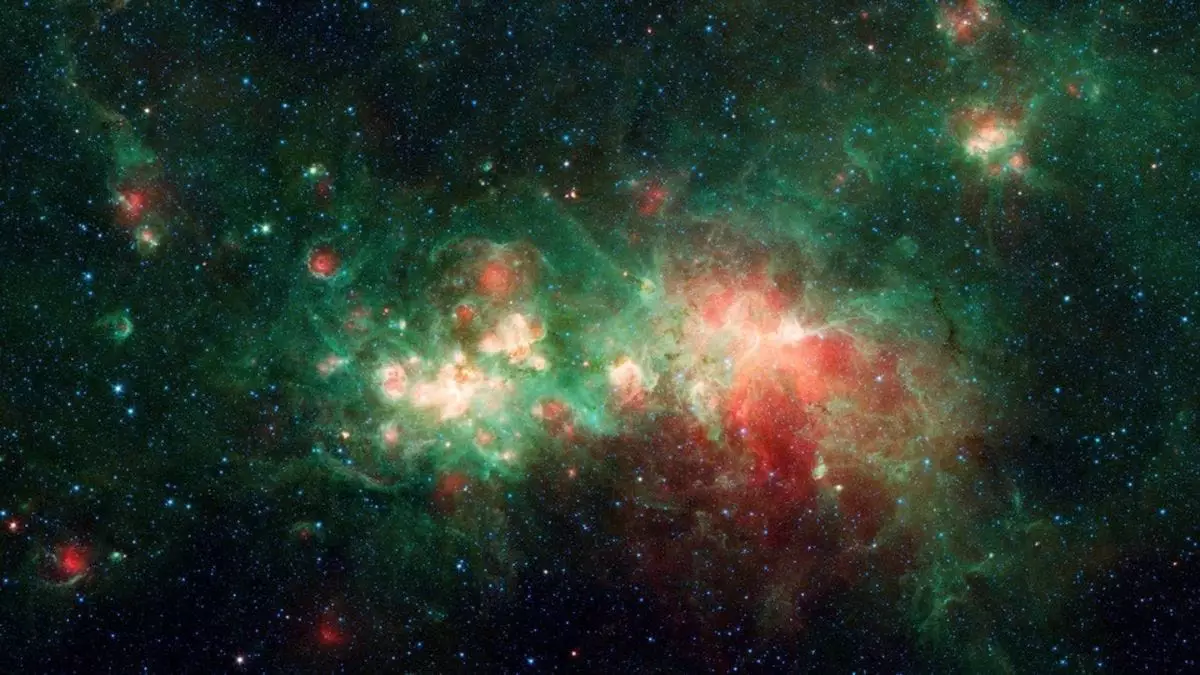Recent investigations into cosmic structures have led to revelations that challenge existing cosmological theories. A collaborative effort spearheaded by Joshua Kim and Mathew Madhavacheril from the University of Pennsylvania has delved deeply into data from two significant cosmic surveys: the Atacama Cosmology Telescope (ACT) and the Dark Energy Spectroscopic Instrument (DESI). By meticulously analyzing this data, the team uncovered nuances in the universe’s progression that suggest a more intricate evolutionary path than traditionally accepted.
The foundation of this research is built upon data from both the ACT and DESI. The ACT specializes in observing the cosmic microwave background (CMB) radiation, providing essential insights into the early moments of the universe, specifically around 380,000 years post-Big Bang. Conversely, DESI focuses on mapping out the three-dimensional arrangement of millions of galaxies, offering valuable information about the formation of cosmic structures in later epochs, particularly over the last four billion years. The integration of these two datasets allowed scientists to formulate a more detailed narrative about cosmic evolution.
A critical finding from this study is the detection of a discrepancy in the expected distribution of cosmic structures, particularly indicated by the metric known as Sigma 8 (σ8). This parameter is vital as it quantifies density fluctuations in the universe. The researchers found that the σ8 value was unexpectedly low, suggesting that matter clumping does not align completely with current cosmological models. While the observations largely support Einstein’s theory of gravity, this deviation invites curiosity and further scrutiny, as it hints at possible revisions needed in our understanding of cosmic phenomena.
One of the hypotheses proposed to explain this anomaly revolves around dark energy—a mysterious force that propels the universe’s accelerating expansion. The study posits that the effects of dark energy could be influencing the formation of cosmic structures in a manner that diverges from conventional predictions. This opens up avenues for exploring whether our existing models can accommodate this growing complexity in cosmic evolution. Such findings emphasize the importance of reevaluating long-standing cosmological principles.
Looking forward, researchers are poised to refine their analyses with incoming data from advanced observatories like the Simons Observatory. These future observations will potentially clarify whether the current discrepancies are random anomalies or indicative of underlying physics that remain concealed within cosmological frameworks. As the scientific community continuously gathers and interprets these data sets, the quest to unravel the cosmos promises to yield profound insights about the universe and its enigmatic forces.
This groundbreaking research illuminates the intricate tapestry of cosmic evolution, prompting a reevaluation of existing models and inviting further exploration into the complexities of dark energy and matter distribution in the universe.


Leave a Reply